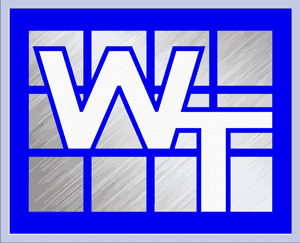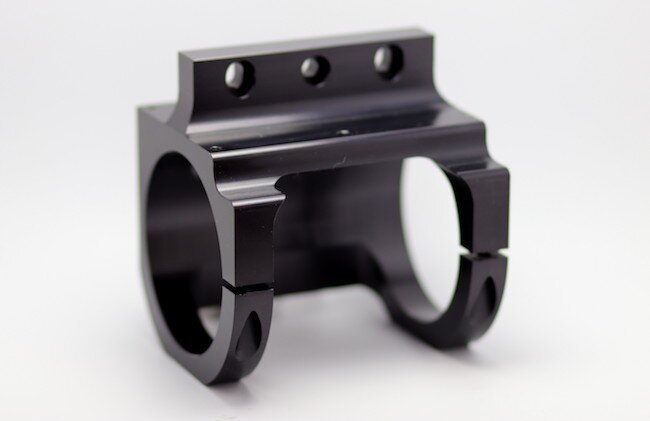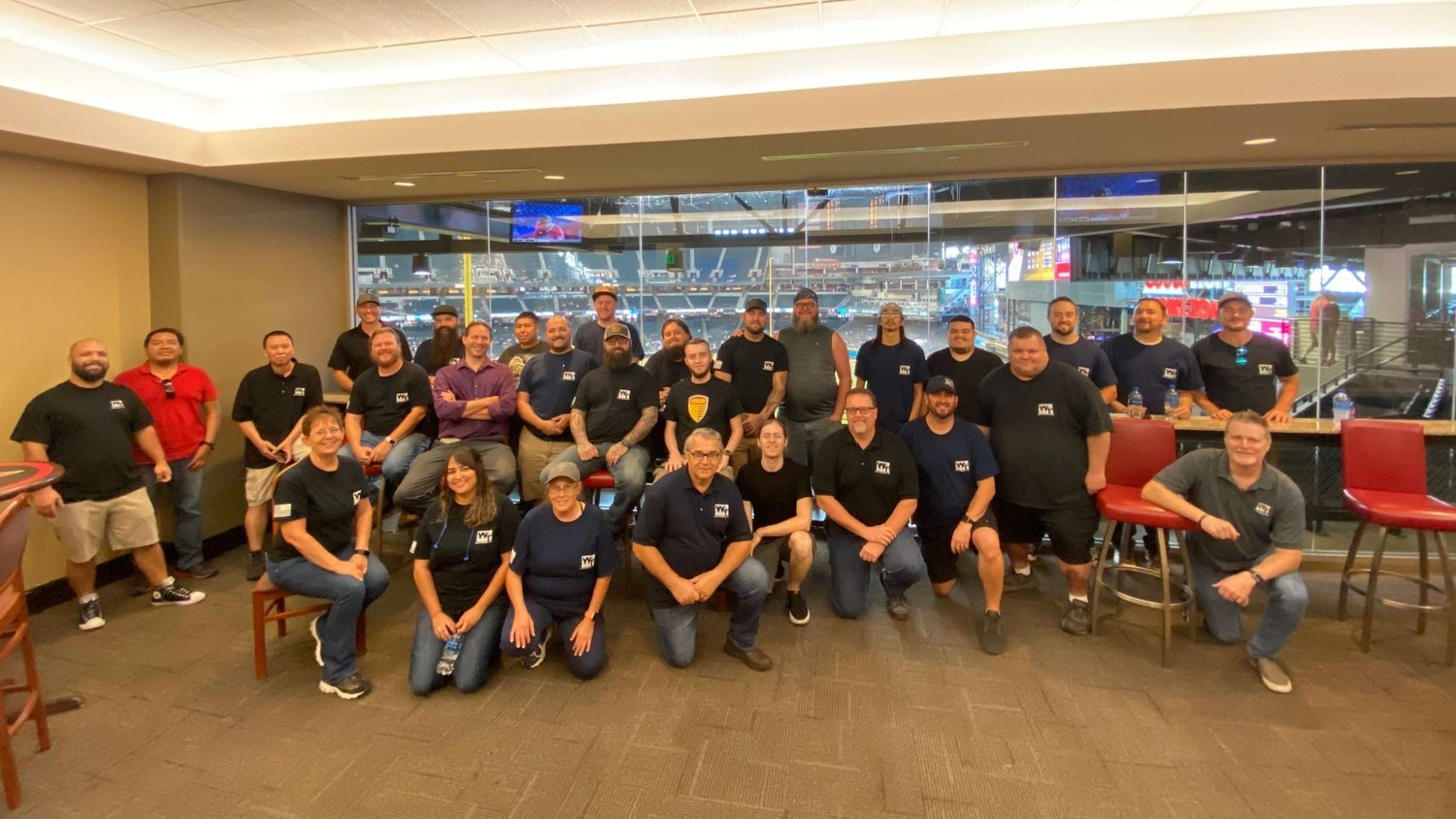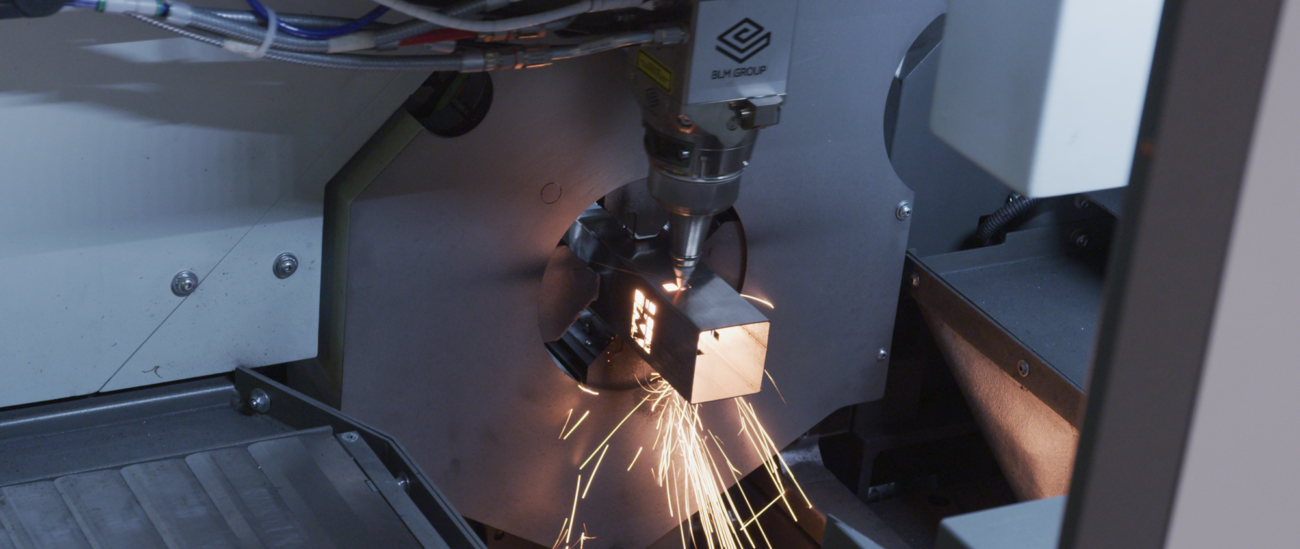Collaborating with your precision machine shop early in the design stage of a project can help you avoid revisions in less-flexible manufacturing stages, saving time, money, and aggravation.
At Wal-Tek, we have a wealth of Design for Manufacturing (DFM) experience that helps us nip potential precision machining problems in the bud. We pride ourselves on being your full-service manufacturing partner, which means answering questions you may have about design specifications and informing you of the range of options available regarding materials, machining methods, features, and finishes.
Here are the top 5 DFM tips we’ve found most useful to customers in these initial conversations.
Tip #1: Choose Materials Strategically
The material you select for your part can significantly impact your cost, lead time, and finishing options.

Consider availability
When faced with several options, availability may be a deciding factor. If you’re on a tight timeline, you’ll want to ensure that the material you’ve selected is actually in stock.
Materials that are readily available may also present cost savings. Say you’ve called out 7075 aircraft aluminum, but it’s currently on backorder. Consider whether 6061, which is more likely to be in stock, will work just as well for your part. Unless your part’s application specifically requires 7075, choosing 6061 will be more cost-effective and prevent you from running into material availability issues.
Share as much information about your part’s application as possible
Beginning the manufacturing process with the end goal in mind creates a win-win for the customer and the precision machine shop. When we fully understand your intentions, we can recommend a material that meets your requirements for functionality and aesthetics.
Recently, a customer ordered 17-4 stainless steel for their parts and requested black oxide finishing, which is often used to pull carbon to a part’s surface to create a highly durable and uniform black finish. Unfortunately, 17-4 contains minimal carbon, making it a poor match for this finishing process.
Had we known this customer’s ultimate goal for the part, we could have suggested another material and finishing method. For example, using a saltwater-bath treatment on 4140 precipitation-hardened steel would have produced a durable, uniform finish for an even better price.
Tip #2: Avoid Unnecessarily Small Fillet Radii
Occasionally, customers seeking CNC machining services call out internal features that are challenging一or impossible一to machine. In the challenging category are extremely small fillet radii within pockets or inner corners, which can only be created using a small and fragile tool. We have to run this tool very slowly to prevent breakage, which drives up cycle time (and costs).
Instead, we recommend designing radii that are slightly larger than the standard fractional size. Increasing a standard radius size by at least 15%一from 0.500” to 0.575”, for example一enables us to use a larger tool and speed up the precision machining process considerably, resulting in lower costs.
Calling out radii of many different sizes within a single part can also complicate machining. Generally, it’s best to avoid designing radii with multiple size changes to ensure that parts are easily machinable.
#3: Avoid Unnecessary Parabolic Curves and Surface Drafts
When including a 3D surface in your design, ask yourself whether there’s a functional purpose for the feature or whether you’re including it because it “looks cool.” While we understand the appeal of a modern, visually engaging appearance, it’s important to be aware that features like parabolic curves and surface drafts will add time and cost to your project.
Non-uniform surfaces require the use of a ball mill, which drives up cycle time. Whenever possible, we recommend designing the walls of your part to meet at a 90-degree angle.
#4: Avoid Unnecessarily Tight Tolerances
Sometimes, tight tolerances are vital to a part’s function, and we’ll always work with you to achieve the tolerances you require. But occasionally, customers request tight tolerances because they assume tight tolerances = the “best” part possible.
When designing for manufacturing, however, it’s important to consider many factors when deciding what’s “best,” including timeline, budget, and end use application.
Here are the guidelines we use for precision machining tolerances:
- +/- 0.010” (standard)
- +/- 0.005” (controlled)
- +/- 0.001” or less (tightly controlled)
When tolerances are tightly controlled, multiple quality controls are required, which increases cycle time and costs. Often, loosening tolerances just slightly can reduce costs dramatically without hindering the part’s functionality.

#5: Ensure Drill Depth Is Deeper than Thread Depth
Because the taps used to cut threads are tapered, the drill depth must be roughly one-third deeper than the thread depth. This additional depth, denoted here as “E,” allows the tap to gain purchase on the material to create the desired number of threads (calculating at 20 threads per inch).
In addition to providing exceptional CNC machining services, Wal-Tek offers free consultative sessions to discuss your design intent and target cost. When you spend just 15 minutes collaborating with our team on your design, we can save you thousands of dollars. Request a quote to get started on your project today!




